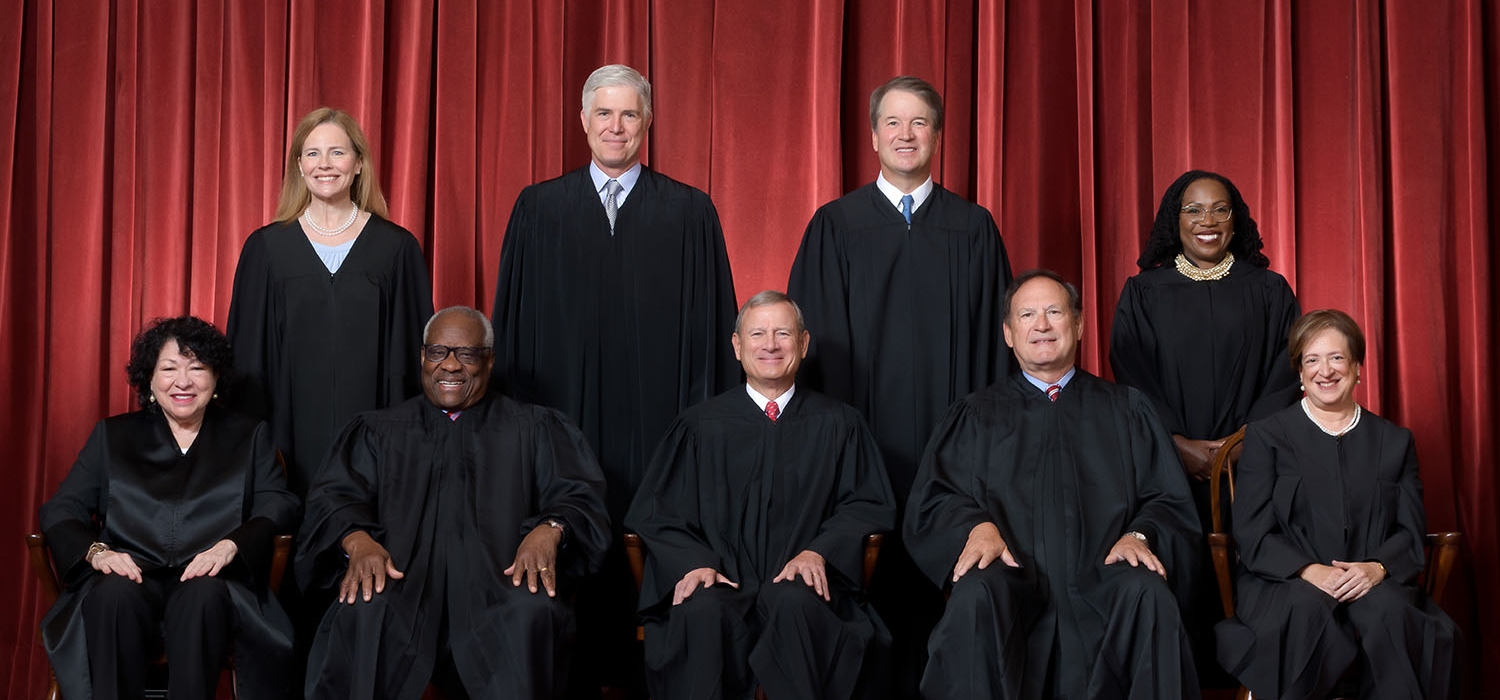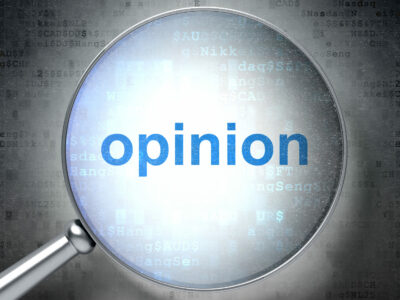Eight on AI: Quick Considerations on Patenting Drug Discovery Therapeutics using Artificial Intelligence (AI) and Life Science-Related Machine Learning (ML) | Goodwin
Many life science companies are using AI/ML to identify new disease targets and new therapeutics, predict the efficacy and toxicity of potential clinical therapeutic candidates, design clinical trials and dosing or treatment regimens, and more. Patenting strategies for each of these remain robust, but with AI/ML assistance during or as part of the discovery process, extra considerations may be warranted. These can include the following:
- At least one human should have made a material contribution to the subject matter in every claim of a patent application or patent. Note that even typical patent claims directed to composition of matter and methods of use in which the claimed therapeutic or method was obtained in part by AI or ML may be susceptible to later patent challenge if no human contributions were made. Maintaining documentation of each human contribution to the claimed invention may be useful to defend and/or preempt such a challenge.
- AI may be able to model, predict, and/or confirm structural activity using in-silico experimentation to support broader claims.
- For novel structures and sequences or other therapeutics found with the assistance of AI, however, physically obtained biological activity or related data using representative active entities remains an important component of the patent application.
- AI may be able to help inventors further identify specific members of a broad genus using, for example, inference and/or classification models, which can be included in the patent application.
- Inventors should still include a description of a suitably operative process for making representative-claimed therapeutic entities and evidence of physical properties.
- Even if issued “methods of drug discovery” or machine-learning claims are obtained in the US, it may be difficult to detect infringers performing methods covered by the claims, and may not provide meaningful protection if not also patented outside the U.S. or other potential marketing jurisdiction. Better protection may be to patent resulting products, e.g., therapeutics. Consider whether such methods should be kept a trade secret.
- Confidential data should be handled with caution in patent applications. Consider a non-publication request as an alternative when seeking patent protection in the US only, whereby the material will publish only if and when a patent is granted.
- Improvements to known AI and machine-learning algorithms to enhance accuracy and speed may be patentable, especially if claimed with respect to a particular clinical area, for example.
For all patent applications, some caution should be taken because AI inferences may be used to assert that patented inventions are “obvious” over the prior art.
[View source.]






